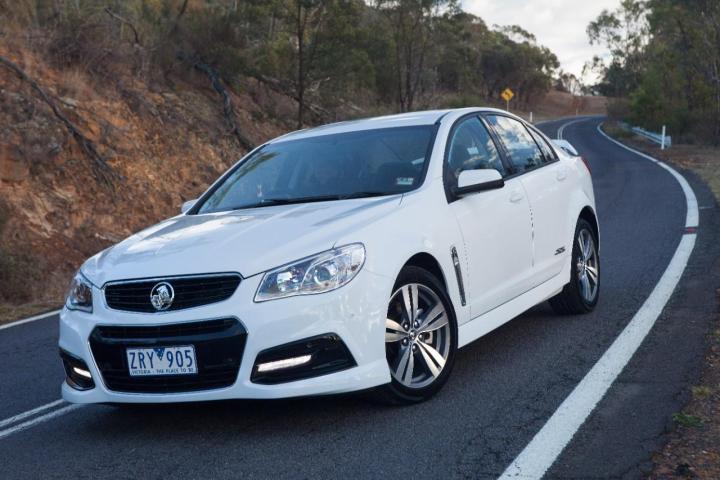
Although it looked like the Australian government would rally to save Holden and its domestically-produced cars, General Motors will shut down production in 2017.
Holden will stop producing cars in Australia and instead import models shared with other GM brands, News.com.au reports.
Currently, even cars that aren’t unique to the Australian market – such as the re-badged Cruze compact sedan – are produced there, an economically unfavorable situation for GM because of higher production costs and a strong Australian dollar.
Holden has been the second bestselling brand in Australia (behind Toyota) for about 10 years, but is on track to post its lowest sales numbers in 20 years, and has been overtaken by Mazda, Hyundai, and Nissan.
Holden follows the lead of rival Ford, which announced earlier this year that it will end Australian production in 2016. Toyota may also stop producing cars there.
The death of the Aussie-made GM car will leave a big hole in many enthusiasts’ hearts.
Australia is essentially the last bastion of the muscle car; as in the United States, the classic Australian car is big, rear-wheel drive and has a V8 under the hood. Cars like the current Holden VF Commodore are still surprisingly mainstream in Oz.
Over the years, GM has tried to capitalize on this by importing various Holdens to the U.S. The Monaro became the 2004 Pontiac GTO, the VE Commodore became the 2008 Pontiac G8, and different versions of the VF Commodore is currently sold as the Chevrolet SS sports sedan and Caprice PPV (Police Pursuit Vehicle) cop car.
The Holden shutdown timeline coincides with the end of the current Commodore’s model cycle, and it’s unlikely GM will continue to build such a car anywhere but Australia. The trend among GM and other automakers is to homogenize vehicle lines, offering the same cars in different global markets. There just isn’t any room in that strategy for a car like the Commodore, or the fantastic car-truck Ute.
So, along with Holden’s Australian-made cars, the automotive world will lose a little bit of variety in 2017 … and a lot of rear-drive V8 dynamism.
Thanks to Mark Beare for the tip!


